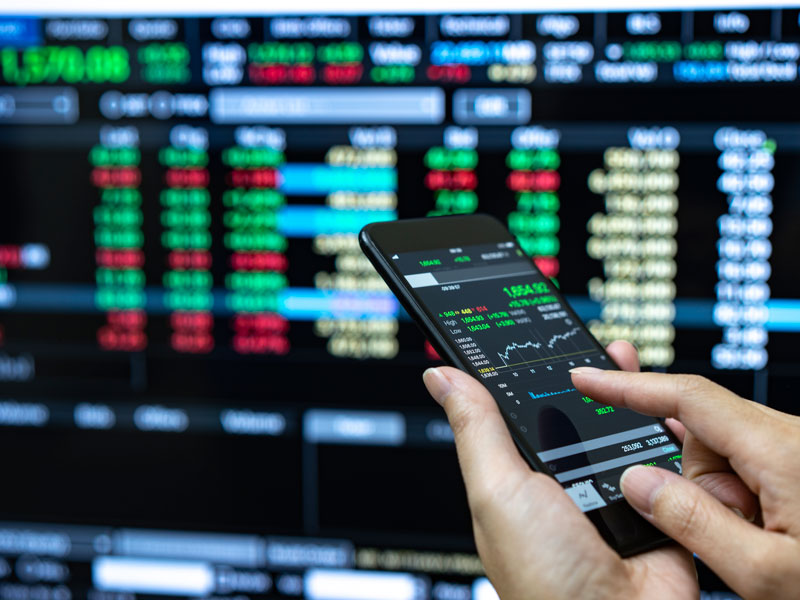Commodity investments are made in a variety of ways. Physical raw commodities, such as gold and silver bullion, can be purchased in various amounts. Futures contracts and exchange-traded products (ETPs) that directly follow a commodities index can also be used by investors. Inexperienced investors are advised to steer clear of these types of investments.
A mutual fund that invests in commodity-related businesses is another way to obtain commodities exposure. For example, an oil and gas fund might hold stocks issued by corporations engaged in energy exploration, refining, storage, and distribution.
Commodity types
Commodity buying consists of two groups: hard commodities and soft commodities.
Mining or drilling is required to discover hard commodities. Soft goods are either cultivated or raised.
Commodities may be divided into four primary categories.
- Commodities of a soft nature, such as agricultural items such as Soybeans, cotton and coffee, are just a few things within this category.
- Soft commodities: Livestock and meat; Live cattle, beef, pork belly, and milk are all included.
- Hard commodities: Energy products; Natural gas, unleaded gasoline and propane are only some of the available fuels.
- Metals are the most durable of all materials. Metals like gold, silver, as well as copper, aluminium, and palladium, are included.
Commodity stocks and commodities are not usually the same. When one investment beats the other, allocating to both groups may add to a portfolio’s long-term success.
Commodity investment has several advantages.
Diversification
When it comes to returns, commodities and commodity stocks tend to be different from other investments. You can better handle market volatility if your portfolio contains items that do not move in lockstep. On the other hand, diversification does not guarantee success or safety.
Returns that could be made
Supply and demand, currency rates, inflation, and the economy’s overall health are factors that impact commodity prices. In recent years, increased demand has strongly affected commodity prices due to substantial global infrastructure initiatives. Since commodity prices have risen, the stock values of corporations in related industries have risen as a result.
Inflation-fighting strategy
A rise in the cost of commodities is a common side effect of inflation, which devalues equities and bonds. Investors should be aware that commodities may be significantly more volatile than other investments, even though they have demonstrated extraordinary performance in periods of high inflation.
Investment in commodities has several risks.
The primary danger
A wide range of factors, including global events, import bans, international competition, government laws, and economic circumstances, may influence volatile commodity prices. Your investment may suffer a loss of value.
Volatility
Volatility in a particular sector or commodity might be higher than usual for mutual funds or ETPs. Futures, options and other derivative instruments in commodities funds and ETPs may also increase volatility.
Exposure to developing and foreign markets
Commodity buying carries its dangers, but these funds also carry the volatility of investing in developing markets and foreign countries.
Is commodities trading a good idea?
High-risk, high-reward commodity trading is the norm. It’s an excellent way to protect your investments in a bear market or an increase in inflation.
It’s worth considering if you’ve got a good handle on the commodities market’s supply and demand dynamics. That involves an understanding of past pricing patterns and current market conditions. If you’re just beginning, it’s good to minimise your margin utilisation to decrease risk.
Commodity trading is essentially a form of speculation rather than long-term capital accumulation. Weather, illness, and other variables that are difficult to foresee can significantly impact commodity prices in the near term. Commodity stocks, mutual funds, and ETFs are superior long-term investment alternatives for most investors.

